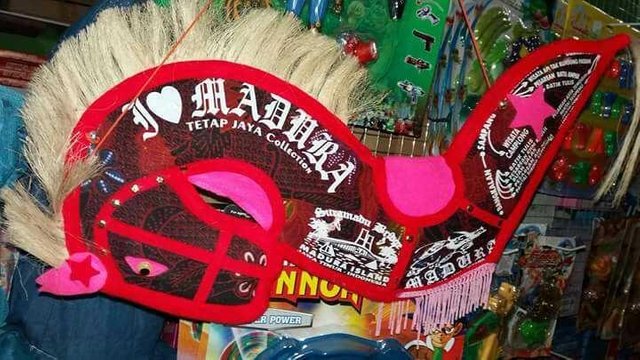
The art lumping horse or horse braid (jaran kepang) is a dance art tradition that unites music and energetic, magical, mystical movements and is said to deliberately invite spirits to pervade, burst into flames of anger, rage for some purpose, chase audiences in red and ran to and fro, splitting the coconut with his teeth, walking on the coals, chewing the incense, eating the aroma of the statues, eating the glass of glass, his eyes glaring squint, round the field riding a bamboo-shaped braided mount horse, the occasional whipping sounds of cowar- ceter, harshly brushed off the sky.
Lumping horse art commonly exhibited by the Java community, both in Java itself and throughout Indonesia that still have Javanese descent. In the city of Medan alone lumping horse art is displayed on the streets haphazardly like a street art performance.
Some groups of lumping horses made up of young people sometimes do not wear costumes, dress up as lightly and simply burn the incense and shout and glare at the whip on the ground. It does not matter how important the rhythm of music is its attraction.
While other lumping horse players wearing complete equipment ranging from black all-red drawing costume, jaran kepang (horses made of bamboo), whips, kendang (gendang), gongs, pelog gamelan, kenong and selompret (typical trumpet leathered horse). Now generally the property of a lumping horse musical instrument is much more modern using electric sound. They can perform anywhere, especially on the streets while hoping for voluntary donations from the audience.
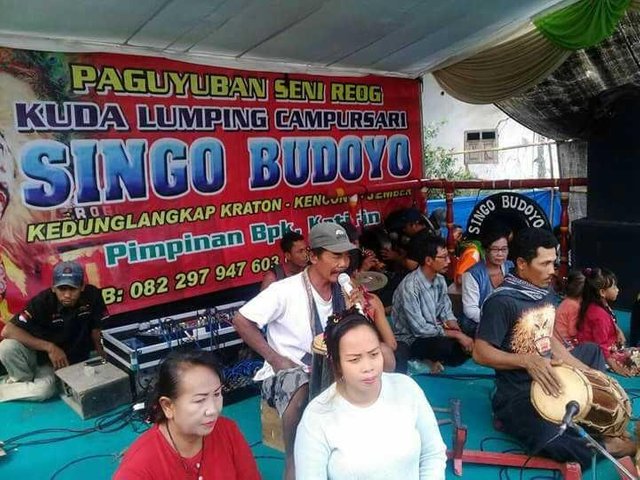
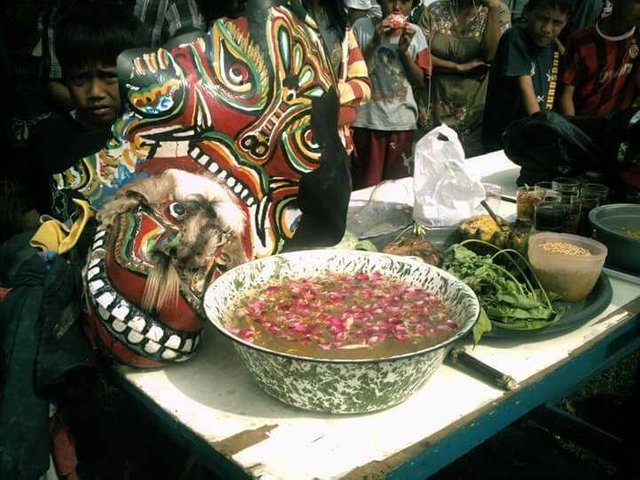
Historically, no historical record has been able to explain the origin of this art clearly. There are only traditional stories that are spoken from generation to age from time to time.
Kuda Lumping, Dancing Trance?
Some people believe that the lumping horse is a trance dance. There is also a belief that this art is a depiction of the story of a beautiful young man (Jathil) who rode a white horse. This horse is told by hair, tail and winged gold. He fought on the side of the Kingdom of Bantarangin against the troop riders from the Kingdom of Lodaya.
No matter what its history, a lumping horse dance is an uplifting art of knight fighting. This can be seen from rhythmic, dynamic, and aggressive movements, through the waving of bamboo matting that mimics the movement of horses on the battlefield.
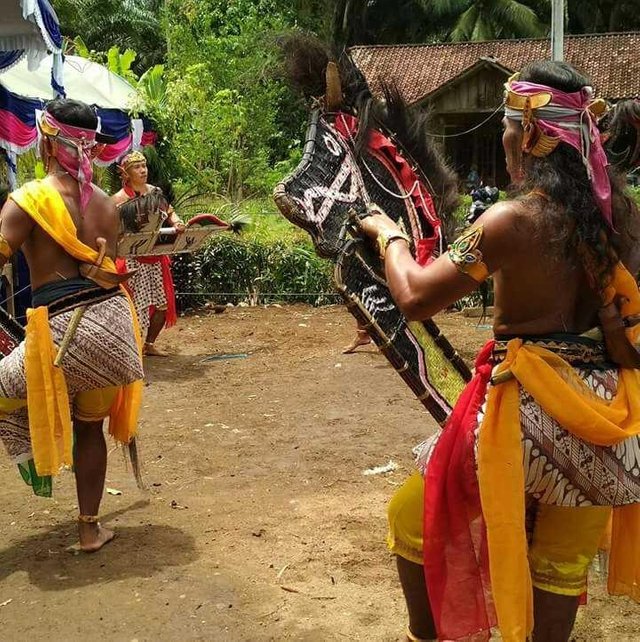
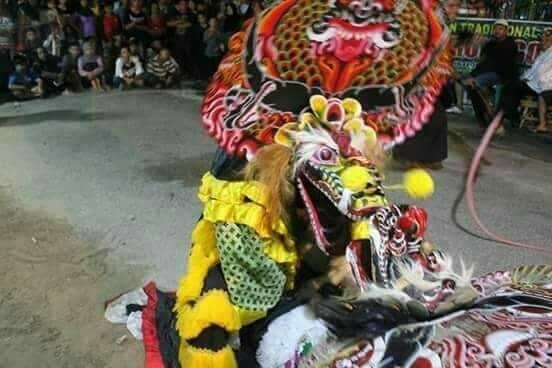
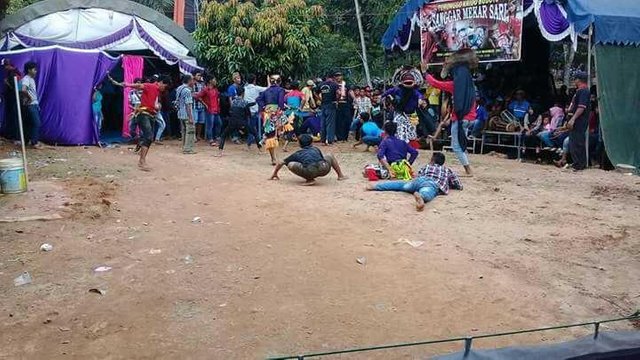
Included in the attractions featured in the show is chewing glass (beling), cutting the arm with a machete, burning themselves, walking on broken glass, and so forth.
Could be, this attraction represents the prestige of the ancient sciences that developed in Java. And is a non-military aspect that is also used to fight the colonial forces.